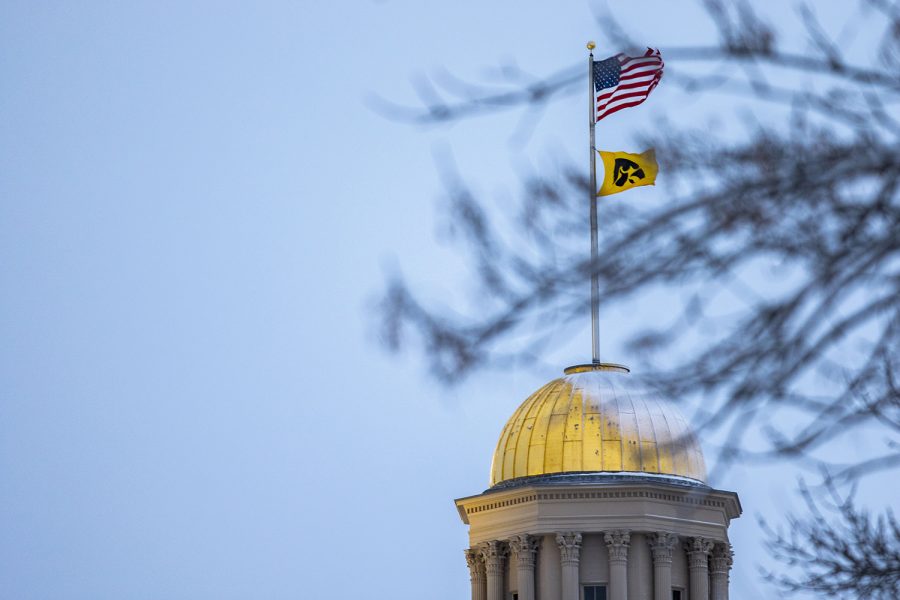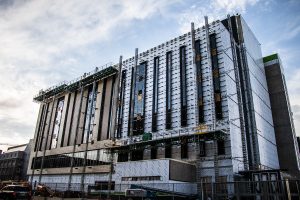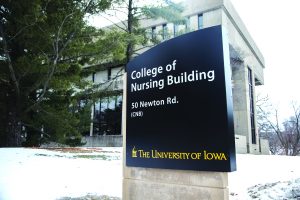University of Iowa students restore native prairies for monarch migration
A group of environmental-engineering students is restoring native prairie in the Stainbrook Preserve, hoping to aid monarch butterflies and the rusty patched bumblebee.
The Old Capitol is seen on Nov. 25, 2018.
April 16, 2019
Thirty-eight percent of monarch butterflies are born in the upper Midwest — but their numbers are dwindling rapidly.
A group of University of Iowa environmental-engineering students is working to support the butterflies by restoring a patch of prairie to its original state, hoping to aid endangered pollinators such as the rusty patched bumblebee and the migration of monarch butterflies.
The project, run by students Samuel Dumford, Elana Becker, and Ruijie Wang as part of the Sustainable Systems class, focuses on 5,500 square feet of land in the Stainbrook State Geologic Preserve, which is managed by UI Recreational Services.
The area will serve as a way station for the monarch migration.
RELATED: Monarch festival celebrates, advocates for famous vanishing butterfly
Dumford said restoring native species to the prairie can encourage the return of pollinators.
“Iowa, as a state … is extremely altered from how it originally was,” he said. “It was originally prairie grass, and it changed a lot into the farmland that everyone knows: corn and soybeans.”
Becker said the group had to consider many different factors when deciding how to plant the area.
“A lot went in to looking what was going to work there,” she said. “All of them had to be endemic to Johnson County; it all had to fit within each other. There’s different heights and root depth — there has to variety of root and grass. It has to fit the soil type.”
With the spring semester coming to a close, Dumford said, the group won’t have the opportunity to keep up with progress of the prairie, which will be handled by management at the Stainbrook Preserve.
“That’s what’s hard with its being just a spring semester project. We’re going to get all our planting done this coming weekend, but then the bloom won’t be until May,” Dumford said. “Once they get the planting, it’s a lot in the hands of the Stainbrook people. A lot of our project was really kick-starting it and getting it to happen rather than the upkeep.”
Becker said she hopes the prairie restoration draws more visitors to the Stainbrook area.
“I think it would be nice to put that area more on the map for people to go and enjoy,” she said. “It’s not just about supporting pollinators. It’s about bringing people in to admire prairies and seeing that Iowa was a host for so many prairie lands, and there all other species besides the two we’re supporting.”
The students are passionate about the project, and Wang has participated in similar projects in the past.
“I took this project because I’m interested in the species of Iowa,” Wang said. “I think this will be fun.”
Dumford brought up the idea of “saving the bees,” saying that although the idea seems cliché, it’s important for students to be aware.
“We’re very proud of being the Corn State, even though it used to be the honeybee state, if you will,” he said.






